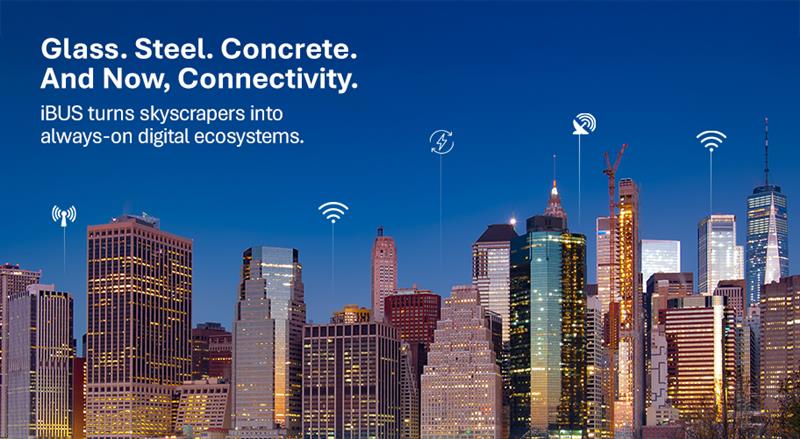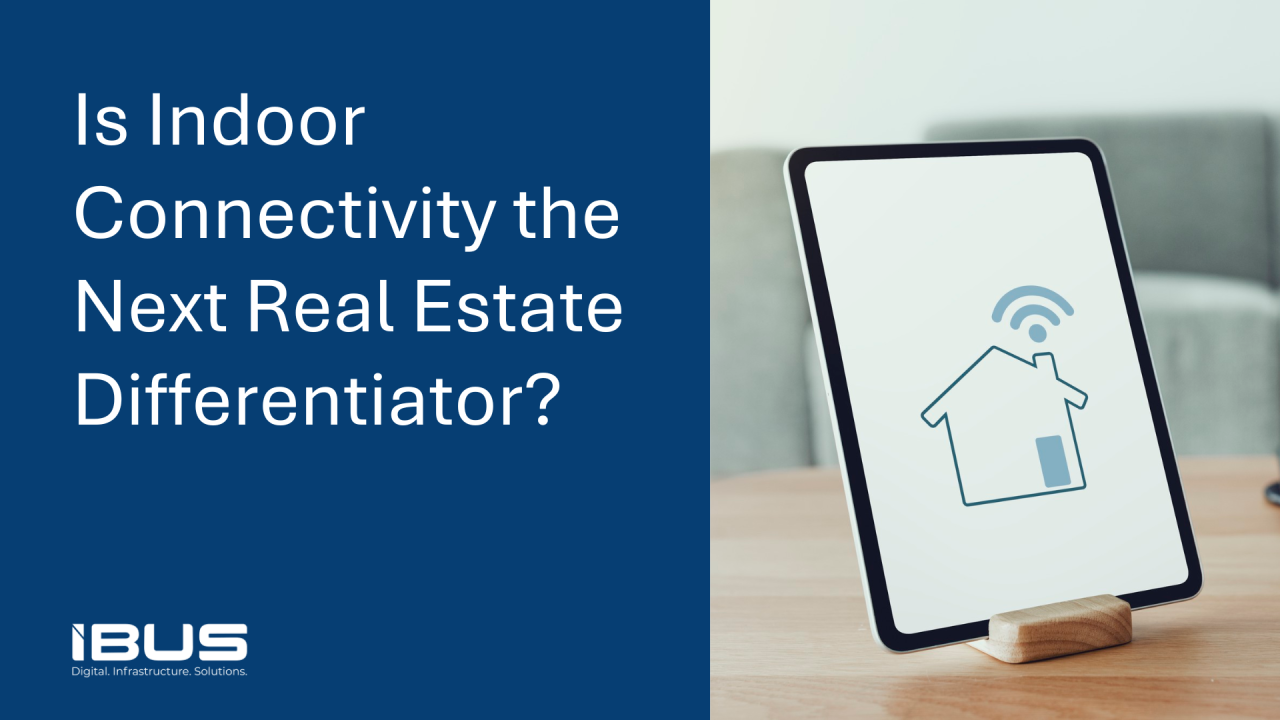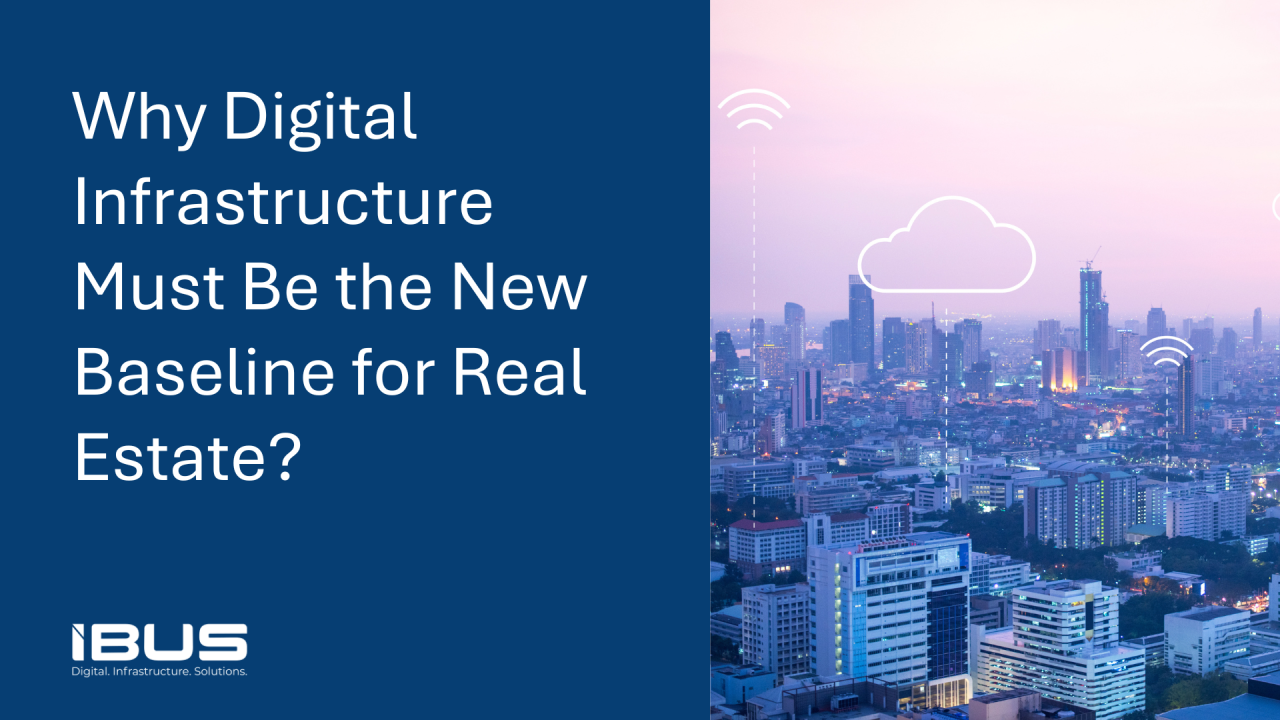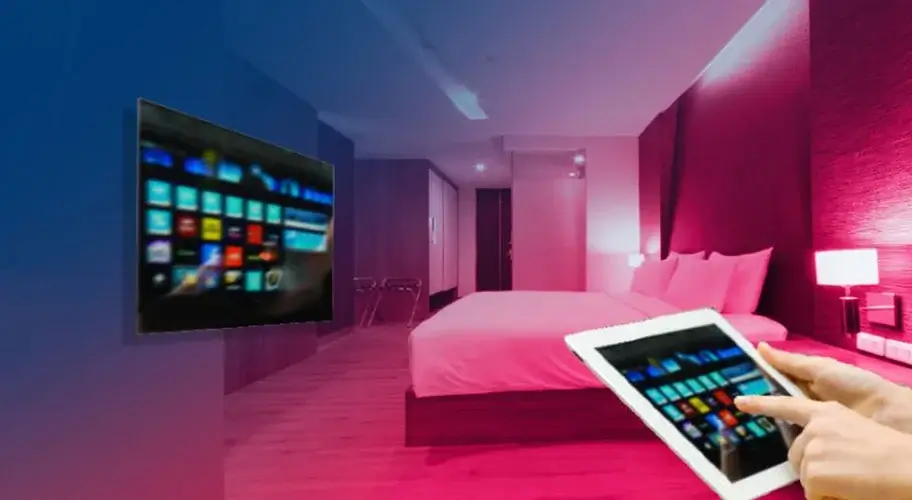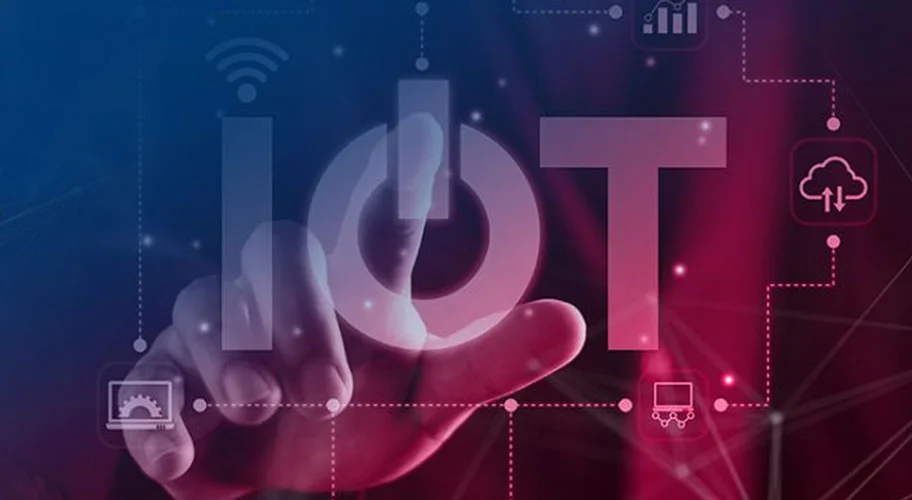Living Networks: Bringing Buildings to Life
April 15, 2025

We live in a world where digital connectivity is no longer optional. It's foundational. But connectivity today isn’t just about having internet access or eliminating mobile dead zones. It’s about creating Living Networks — a dynamic, intelligent layer of digital infrastructure that makes buildings and communities truly responsive, efficient, and alive.
At iBUS, this idea is more than a concept. It’s a philosophy that shapes everything we build.
What Are Living Networks?
Imagine a space that provides strong, seamless indoor network connectivity throughout, optimizing energy usage based on real-time occupancy, and maintaining a comfortable environment with efficient air quality management — all powered by intelligent systems that ensure peak performance..
It goes beyond isolated systems. It brings together Wi-Fi, mobile coverage (DAS), fiber infrastructure (FTTX), and intelligent building operations (iBOS) into one integrated ecosystem. The result is a space that responds to the needs of its occupants, adapts in real time, and stays connected always.
Why Do We Need Living Networks?
As digital connectivity becomes an essential part of everyday life, it is crucial for spaces to support high-speed, seamless, and always-on networks. With smart buildings becoming more common, both legacy and new buildings face growing pressure to meet this demand. In fact, the number of connected devices globally is expected to reach more than 75 billion in 2025, and bandwidth consumption is increasing by over 30% annually. For buildings to function effectively, they must be able to handle this surge in digital connectivity demands, making Living Networks not just beneficial, but essential.
Legacy buildings often struggle with outdated infrastructure that can’t handle modern connectivity needs. On the other hand, newer buildings need scalable, flexible networks to keep pace with evolving technology, hybrid workplaces, and increased energy demands. Whether you’re retrofitting an older building or designing a new smart space, Living Networks provide a unified, intelligent system that integrates seamlessly into any environment, optimizing communication, energy efficiency, and user experience.
Key Ingredients of a Living Network
To bring buildings to life, Living Networks are built on a few critical components:
High-Speed Wi-Fi
Reliable and fast connectivity is the foundation of a Living Network. Our managed, high-speed Wi-Fi delivers seamless connectivity across large spaces, allowing for smooth video calls, collaboration, and entertainment while ensuring that high-density demands are met in commercial and residential spaces.
Distributed Antenna System (DAS)
DAS ensures strong mobile network coverage inside buildings, even in hard-to-reach areas like basements, elevators, and underground parking lots. With 5G readiness, DAS supports carrier-neutral coverage, ensuring uninterrupted connectivity for all mobile networks.
FTTX
GPON based FTTX solutions enable us to deliver high-speed internet with low latency, supporting high-bandwidth applications such as cloud computing, smart devices, and video conferencing. This ensures that both legacy and newly constructed buildings can handle demanding digital operations seamlessly.
IoT-Driven Automation (iBOS)
Our iBOS platform integrates IoT sensors and devices to provide real-time control over building systems such as HVAC, lighting, and security. This AI-powered system optimizes building performance, reducing energy consumption, enhancing air quality, and improving overall comfort and operational efficiency.
HVAC Optimization
Intelligent HVAC systems continuously adjust temperature and airflow based on occupancy and environmental conditions, providing optimal comfort and reducing energy waste. With smart automation, the HVAC system responds dynamically to changes in building usage, improving both energy efficiency and occupant comfort.
Air Quality Management
Air quality is critical to both health and productivity. Our integrated air quality solutions continuously monitor CO₂ levels, humidity, and particulate matter, automatically adjusting ventilation to maintain a healthy indoor environment. This system helps to enhance both occupant wellness and energy efficiency.
The iBUS Approach
At iBUS, we design Living Networks with a builder-centric mindset. This means our solutions are scalable, easy to deploy, and customized to meet the unique needs of each building and industry. Whether it’s retrofitting a legacy building or building a state-of-the-art smart space, we ensure flexibility and future-proofing in everything we do.
Our OpEx-driven model eliminates the need for large capital investments, making it easier for businesses and property owners to adopt and maintain cutting-edge infrastructure. We partner with telecom providers to ensure that the networks we build are carrier-neutral, 5G-ready, and optimized for future needs.
Looking Ahead
As the world becomes more connected, Living Networks will play an increasingly vital role in how buildings operate. The hybrid work model, smart city integrations, and the explosion of IoT devices are driving the demand for connected infrastructure that is both intelligent and adaptable.
The future of buildings is not just about connecting people, but about creating spaces that learn, adapt, and respond in real-time to the needs of their occupants. With Living Networks, we’re not just connecting buildings; we’re bringing them to life.
